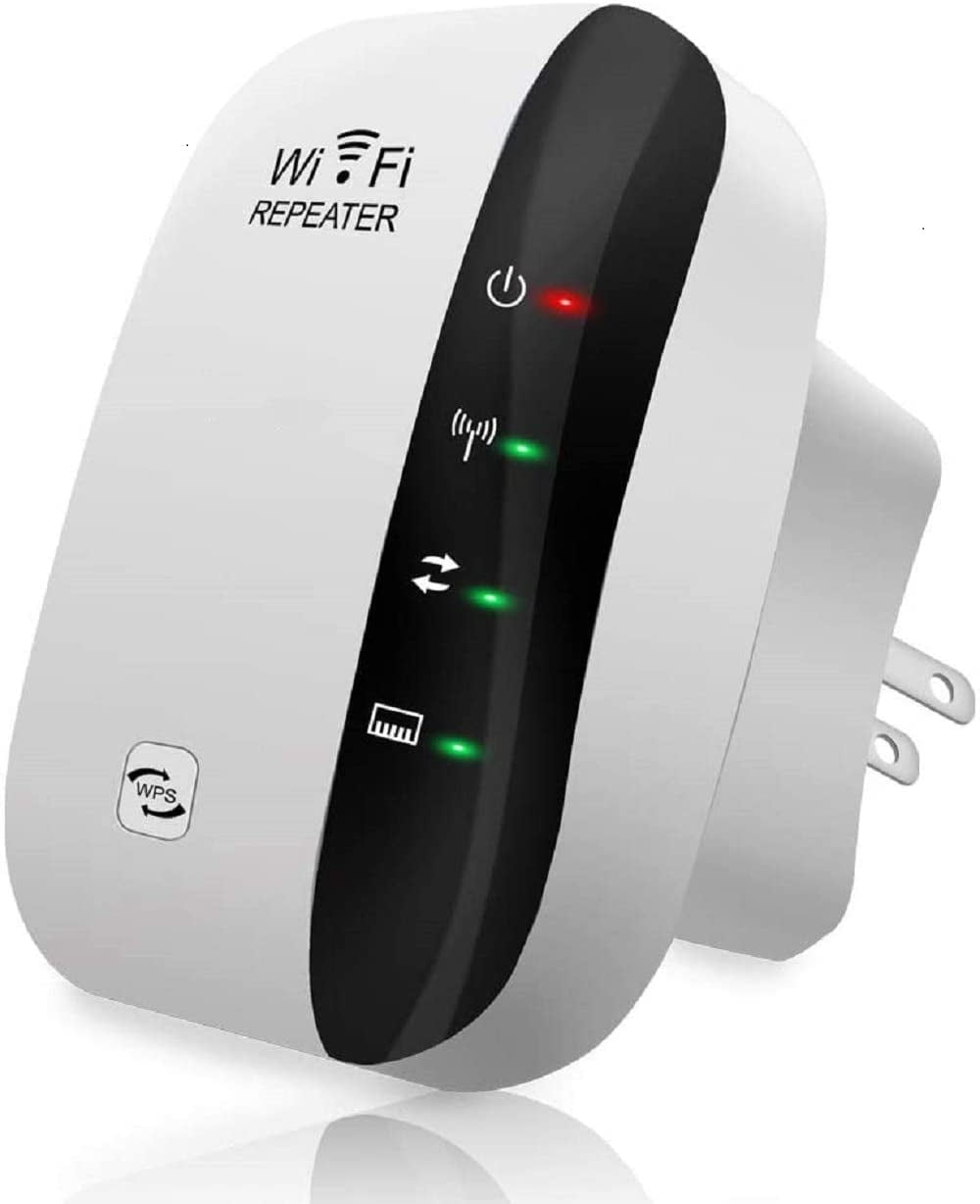

If you find yourself dealing with that issue, there are a number of things you should try to eke out a better signal from your router. In many homes, a single router is a little too weak to generate a stable signal that reaches into every room, which can result in dead zones and unstable connections. What extenders can’t do is increase your data speed unless it’s wired to the router.There isn't any point in paying for fast internet speed if your home's Wi-Fi network isn't strong enough to take advantage of it.

Extenders have amplified antennas, so if you get a -80 dBm signal from your router while standing next to the bookcase, a Wi-Fi extender in that spot may broadcast a -38 dBm signal, which is far better-the closer to zero, the stronger the signal. This term applies to all Wi-Fi extenders because they “boost” your Wi-Fi range. This mode has the fastest data throughput if you use a wired connection, but it ties up the Ethernet port. It creates a new Wi-Fi network, so you must manually connect your wireless devices upon first use-they reconnect when you move outside the router’s range.

With the access point mode enabled, the extender connects to your router using Wi-Fi, an Ethernet cable, or a coax cable. But your data throughput doesn’t increase in speed because there’s no wired connection to the router. It then captures and repeats your router’s Wi-Fi through amplified antennas, so you don’t need to manually disconnect and reconnect as you roam. To set it up, press the WPS button or log in to your Wi-Fi network through the repeater’s app or web interface. We’ll explain both modes and how an extender can boost your Wi-Fi.īy default, an extender connects to your router using Wi-Fi. Most Wi-Fi extenders now have two modes you can toggle from the bottom or the side: repeat and extend. All three terms apply to the same thing: a standalone device for capturing your network signals and sending them into areas your router can’t reach.


 0 kommentar(er)
0 kommentar(er)
